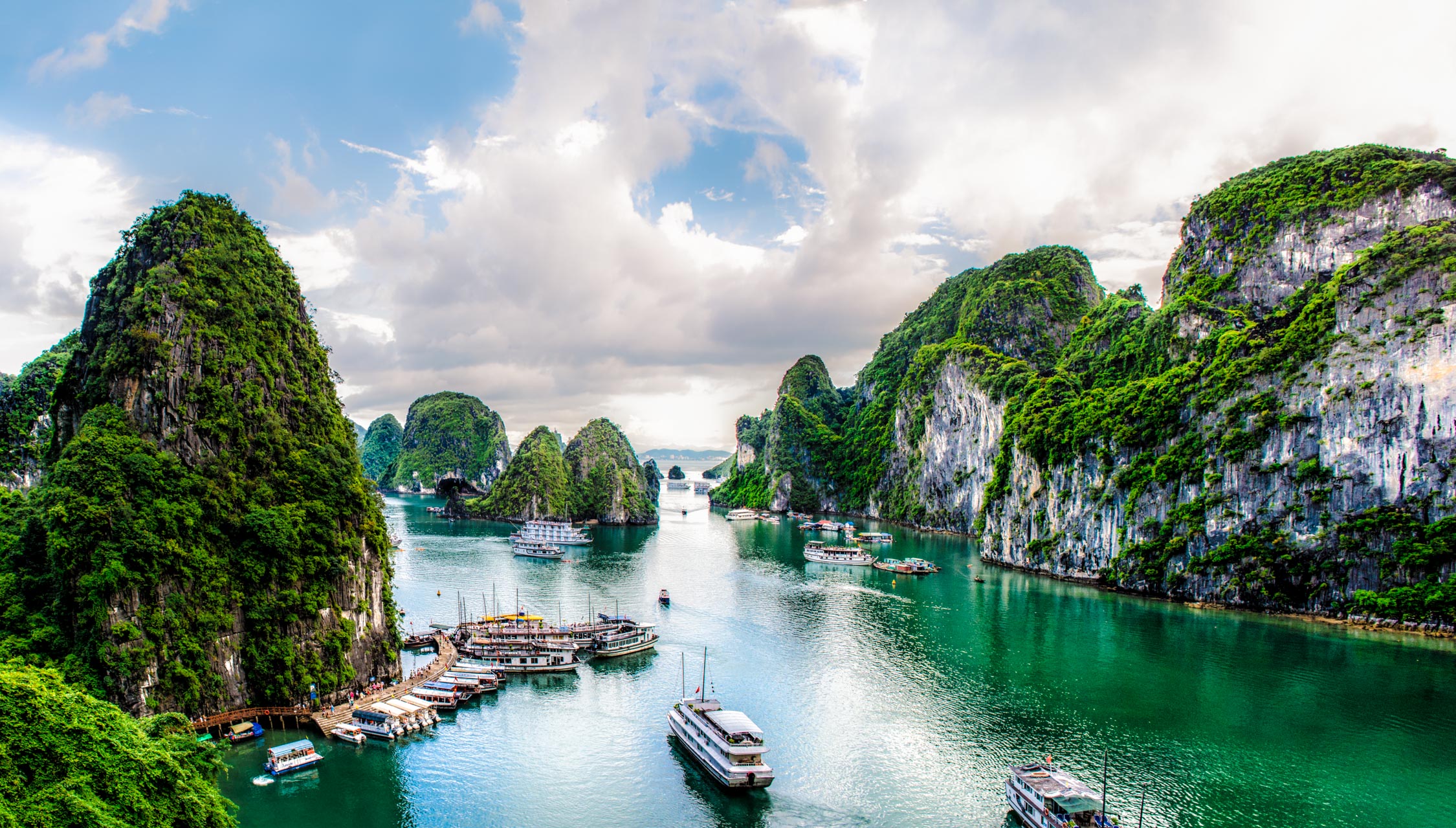
Vietnam’s Timeless Temples and Pagodas: A Journey Through Spiritual Heritage
Vietnam, a country rich in history and cultural depth, is home to stunning temples and pagodas that reflect its spiritual and architectural heritage. Beyond the bustling cities and breathtaking landscapes, these sacred sites tell stories of devotion, artistry, and tradition. Embark on a journey through Vietnam’s most enchanting cultural gems and experience the serenity they offer.
The Spiritual Heart of Vietnam
Vietnam’s temples and pagodas are more than just places of worship; they are living testaments to the country’s deep-rooted spiritual beliefs. From Buddhist sanctuaries to Confucian learning centers, these sites are an integral part of Vietnam’s cultural identity.

1. Tran Quoc Pagoda, Hanoi – A Buddhist Legacy
Nestled on a small island in West Lake, Tran Quoc Pagoda is Hanoi’s oldest Buddhist temple. Surrounded by tranquil waters and lush gardens, this temple exudes peace and serenity. Devotees gather here to offer incense and prayers, creating an atmosphere that transports visitors to an era of deep spiritual devotion.
2. Temple of Literature, Hanoi – The First University of Vietnam
Built in 1070 and dedicated to Confucius, the Temple of Literature (Van Mieu-Quoc Tu Giam) stands as Vietnam’s first national university. With its elegant courtyards, ancient inscriptions, and scholar stelae, this historical site embodies Vietnam’s reverence for education and wisdom.
Hue – The Mystical City of Imperial Vietnam
As the former imperial capital, Hue is a treasure trove of history and spirituality, home to grand palaces and sacred temples.
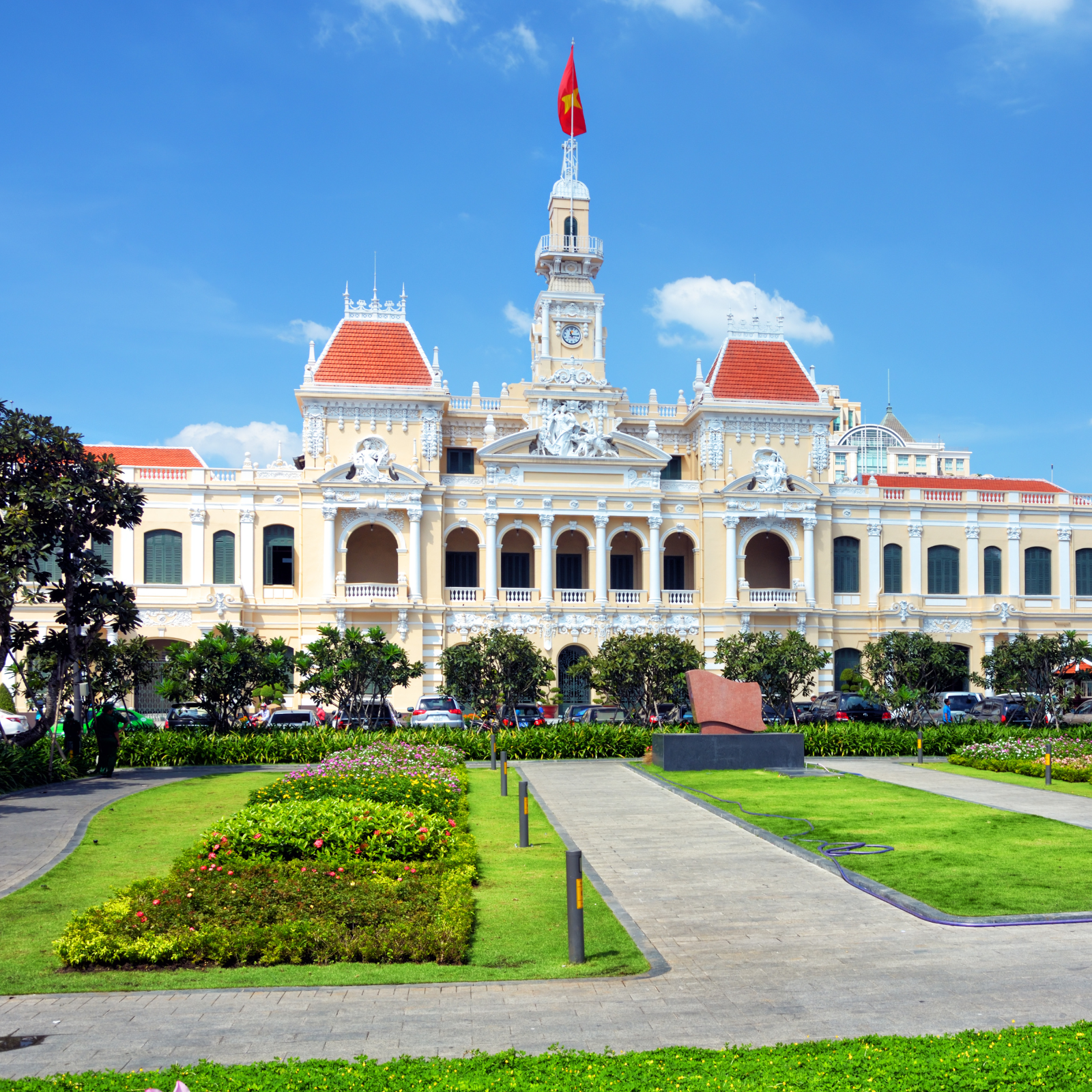
3. Thien Mu Pagoda, Hue – The Symbol of Hue
Standing gracefully along the Perfume River, Thien Mu Pagoda is a seven-tiered masterpiece known as the "Pagoda of the Celestial Lady." Rich in history and spirituality, this temple was a focal point during the Vietnam War, with its monks playing a significant role in peaceful protests.
4. The Imperial City, Hue – A Glimpse into Royalty
A UNESCO World Heritage Site, the Imperial City is a vast complex of palaces, temples, and fortifications that once served as the seat of the Nguyen Dynasty. Walking through its grand gates and admiring the intricate architecture is like stepping back in time.
Hoi An – A Town Frozen in Time
Famed for its lantern-lit streets and ancient architecture, Hoi An is a cultural haven.
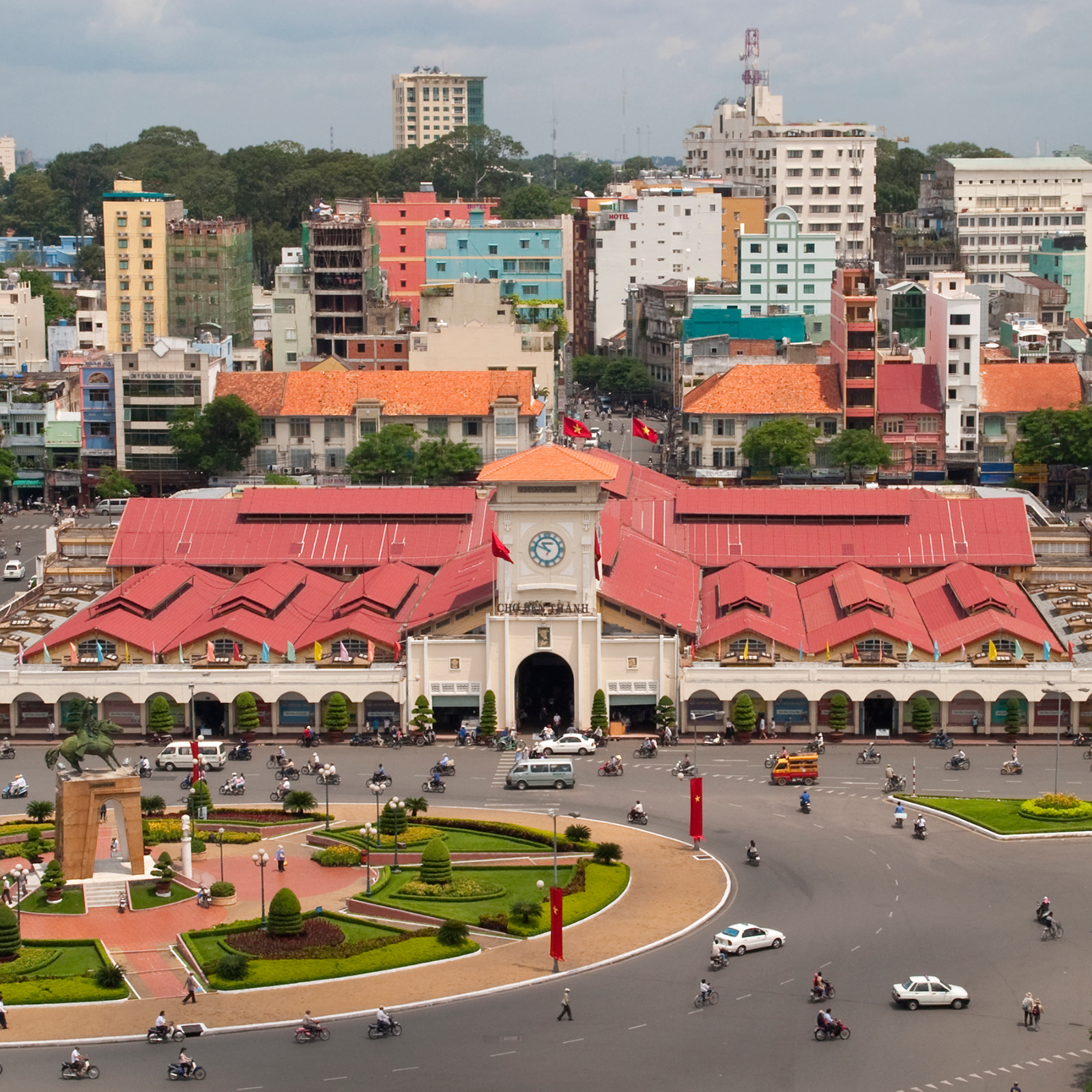
5. Quan Cong Temple, Hoi An – A Sanctuary of Honor
Located in Hoi An’s Old Town, Quan Cong Temple is a striking example of Chinese architectural influence in Vietnam. Dedicated to the revered general Quan Cong, this temple is a peaceful retreat amidst the town’s bustling atmosphere.
6. Hoi An Ancient Town – A Living Heritage
With its preserved wooden houses, traditional shopfronts, and historic bridges, Hoi An Ancient Town is a cultural gem that transports visitors to Vietnam’s bygone eras. The Japanese Covered Bridge and the Fujian Assembly Hall are must-visit landmarks that showcase the town’s multicultural heritage.
The Tranquility of the Mekong Delta
The Mekong Delta, with its slow-paced life and spiritual richness, is home to unique temples that embody Vietnam’s diverse religious traditions.
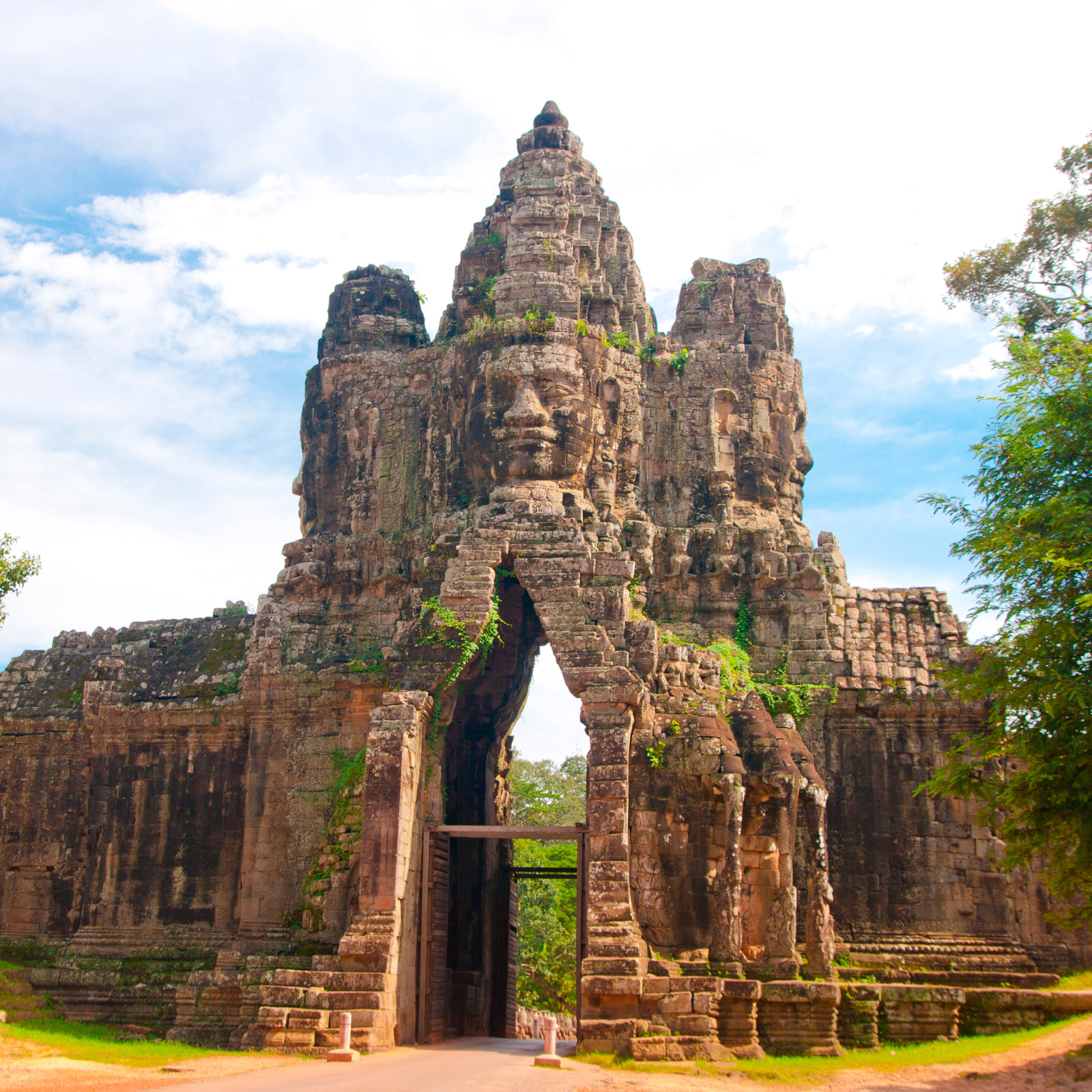
7. Vinh Trang Pagoda, My Tho – A Fusion of Cultures
Vinh Trang Pagoda stands as a testament to the harmonious blend of Vietnamese, Khmer, and Chinese architectural styles. Its massive Buddha statues and intricate gardens create an aura of peace and spirituality.
8. Cao Dai Temple, Tay Ninh – A Unique Religious Marvel
Unlike any other temple in Vietnam, the Cao Dai Temple represents the syncretic Cao Dai religion, which merges Buddhism, Christianity, Taoism, and Confucianism. A visit during a religious ceremony offers an extraordinary experience, with worshippers dressed in colorful robes chanting in unison.
Embracing Vietnam’s Spiritual Legacy
Vietnam’s temples and pagodas are not just historical landmarks but living symbols of its spiritual and cultural identity. Whether it’s the serenity of a Buddhist sanctuary, the wisdom of a Confucian temple, or the grandeur of an imperial complex, each site offers a unique perspective on Vietnam’s rich heritage.
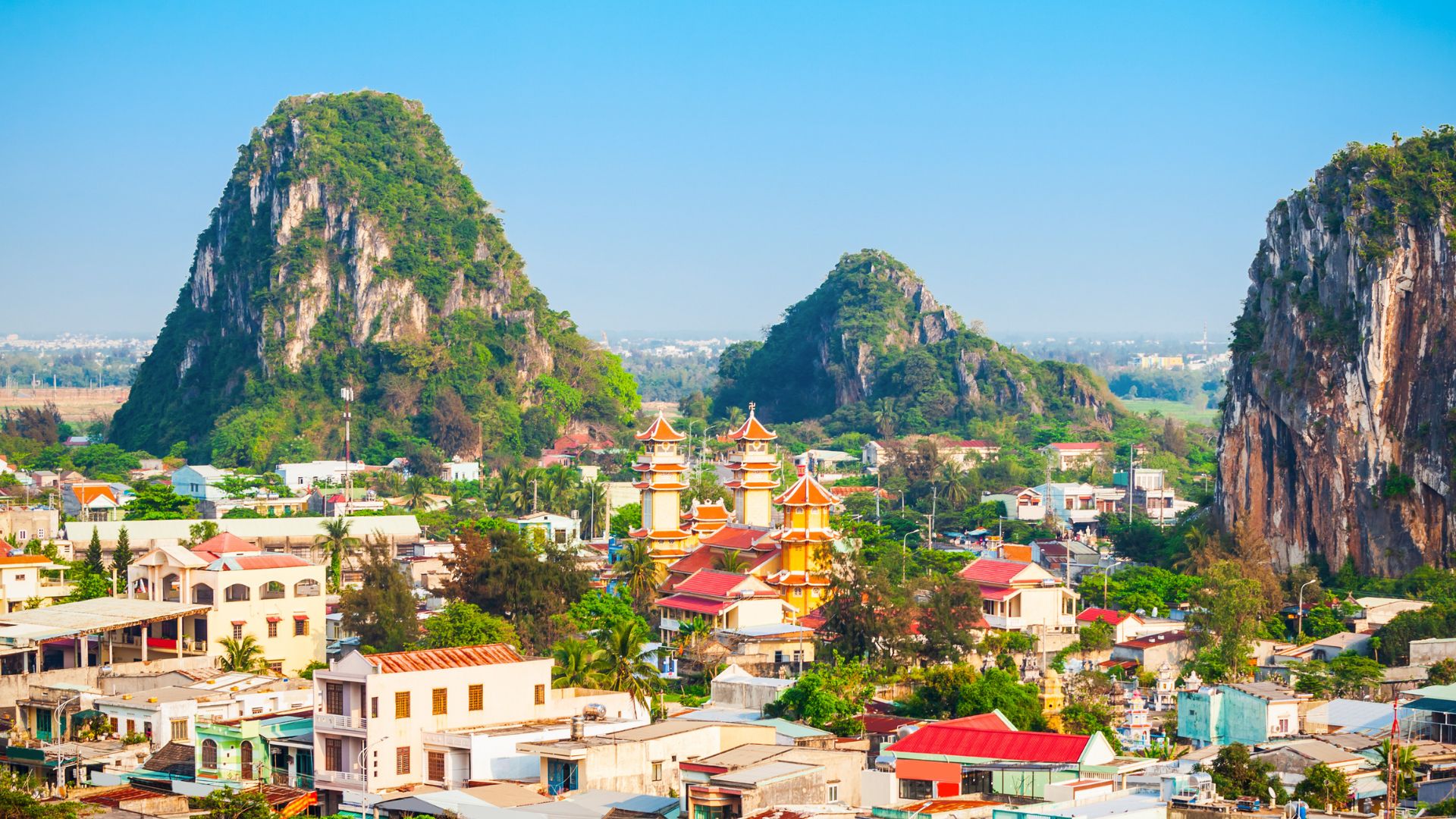
Conclusion
Exploring these ancient temples and pagodas is a journey through Vietnam’s soul. As you step into these sacred spaces, remember to embrace their spiritual essence with respect. Let these places of worship, history, and culture inspire your travels and deepen your connection with this extraordinary country.






